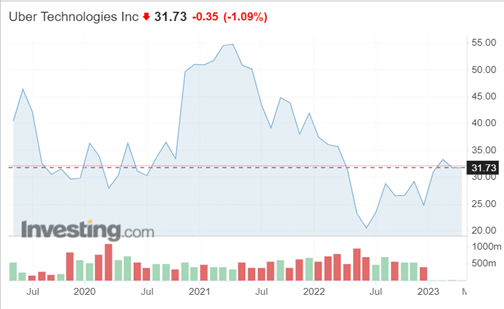In a fast-paced world that we live in today, it is important that you stay one step ahead of the competition and constantly improve your services, otherwise, you can soon become history. And the same is in sector of taxis. I made quick research, and it showed that my assumptions were correct. Companies are now presenting innovation – driverless taxi. Imagine, I would order a cab, a car would come by itself and drive me to desired destination. 10 years ago, I would say that this is science fiction. However, this fiction is here. In fact, there are already self-driving taxis cruising the streets of San Francisco. General Motors and Waymo were the first to achieve this.
But this is food for thought on another day. Today I decided to put focus on the first, and probably the biggest taxi company in the world – Uber. The reason for this is that they just got a competition in one important market – India. There is a new cab in town, called BluSmart, and it is expected to mess with Ubers market share. Articles describe BluSmart as an Indian ride-hailing startup, aims to challenge Uber and Ola for market dominance in India through an aggressive strategy of luring passengers and drivers from its rivals with an all-electric taxi fleet. This strategy is part of a broader push by the Indian government towards clean energy, which is expected to transform the country's transport industry and has significant implications for ride-hailing companies. BluSmart aims to distinguish itself from its rivals by promoting electrification, cleanliness, and reliability through direct management of its fleet and drivers. As a newcomer, it hopes to capitalize on its advantage in electric vehicles to build a customer base by offering high-quality services with clean cars that are always on time.
Bad news for Uber. However, their price is quite attractive at 31,73 USD per share. And the highest point it has reached was in the middle of 2021, when the price was almost 55 USD. * This gives a lot of space for potential growth. But they will have to find a way to keep the market share in India, as well as the rest of the world. I have decided to take a small risk and buy shares of Uber when the market opens.

* Past performance is no guarantee of future results.








